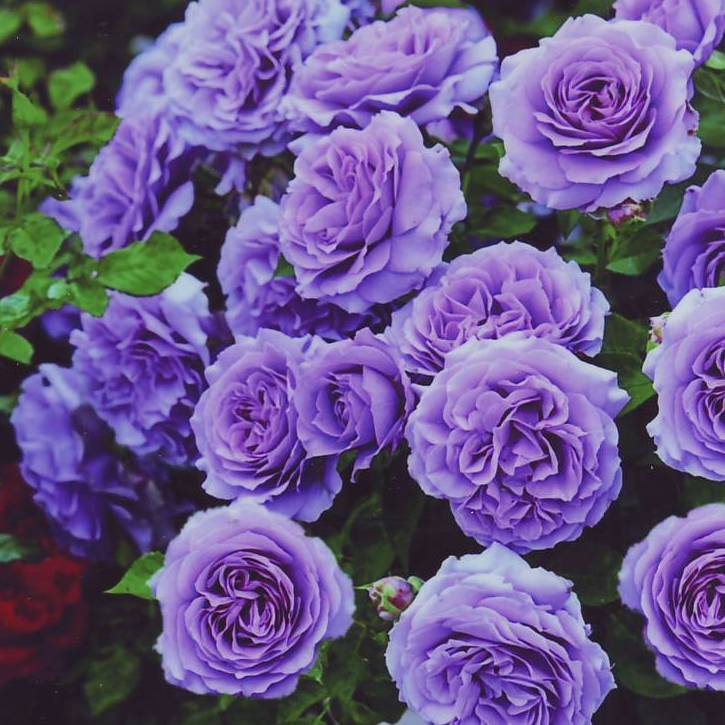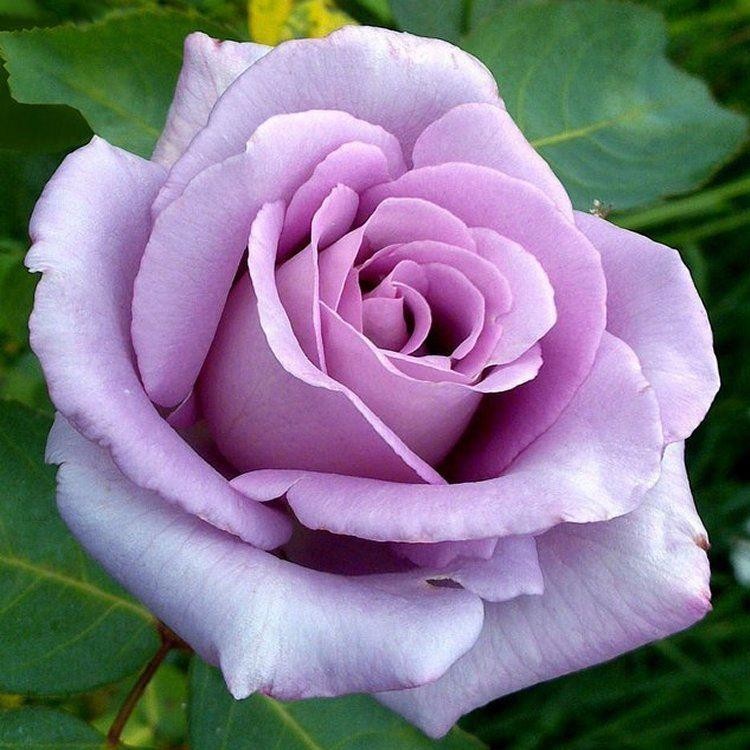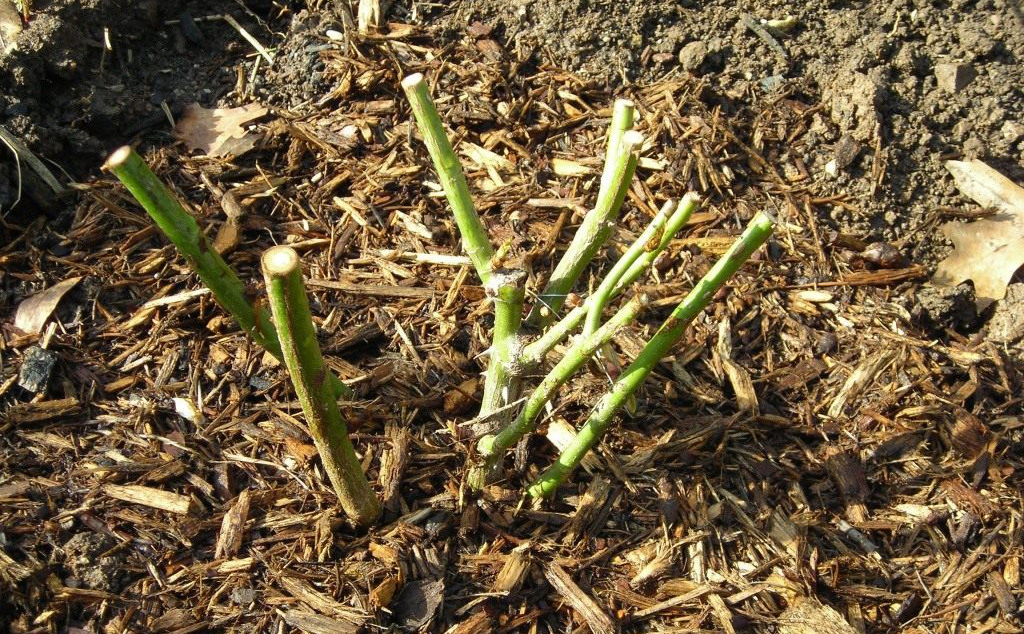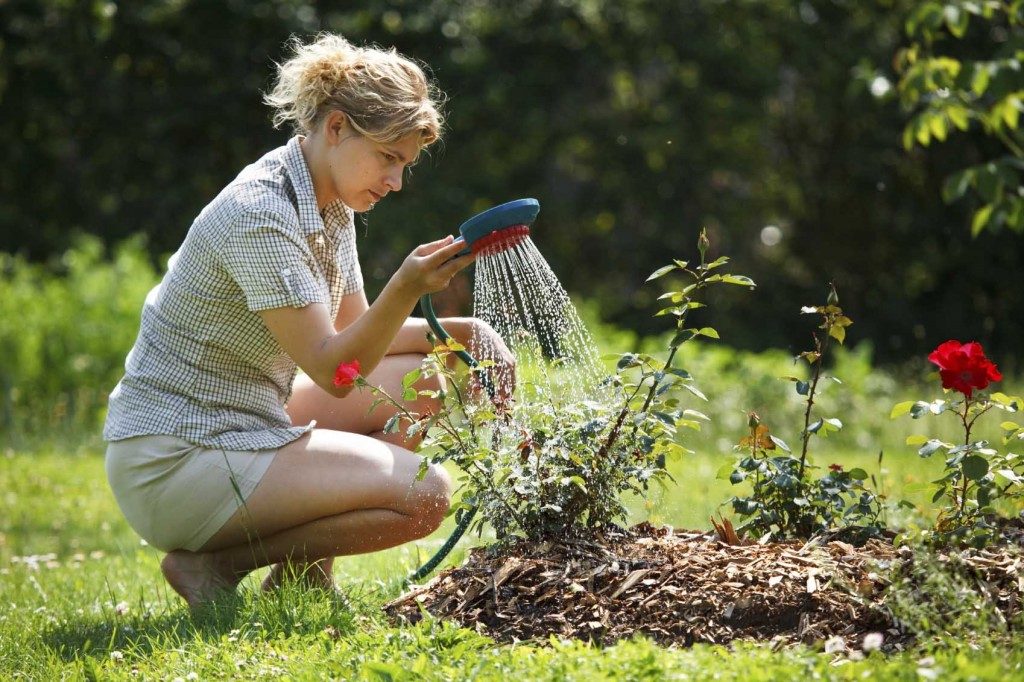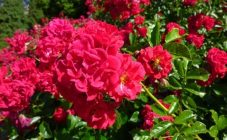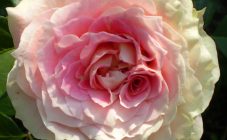Content:
Hybrid tea roses appeared relatively recently - in the 70s of the XIX century, when a remontant rose and a tea rose were crossed. The hybrid tea rose comes from a variety called LaFrance, bred by the breeder Guyot, who immortalized his homeland in the name of the rose. But only 20 years later, the new species became popular, and today in the gardens you can find thousands of hybrid tea varieties, dazzling with their beauty, allowing you to revel in their aromas.
The bred varieties of rose hybrids inherited from the tea rose a beautiful bud shape, the finest unfolding aroma and long-term flowering. Repaired varieties have given the charmer strength, durability, the ability to withstand cold winter. One of these varieties is the Blue Moon rose.
Features of the variety
Rose Blue Moon is:
- Climbing.
- Hybrid tea.
The climbing variety has the following characteristics:
- lilac flowers with a silvery tint;
- lashes reach 4 meters;
- high intensity of aroma;
- up to 3 flowers per stem;
- has a medium resistance to powdery mildew;
- slightly susceptible to black spot.
Both Blue Moon roses are re-flowering and highly frost resistant.
Description of the hybrid tea variety:
- the bush grows up to a meter in height;
- flowers up to 12 cm in diameter, lilac-blue;
- susceptibility to disease is identical to that of a climbing fellow (powdery mildew, rust, gray rot).
Blue Moon hybrid tea rose is known for its splendor; when opening, the bud has more than 30 petals. Shimmering in the sun, attracts attention and bewitches.
Planting and caring for roses
This variety should be planted in a warm place, rich in sun or with light partial shade. You need to find places where cool winds do not blow.
Before landing:
- it is necessary to keep the seedlings in water (this is especially important for an open root system) for about 4-5 hours;
- damaged or rotting shoots should be removed;
- before planting, only strong shoots should remain, weak ones should be removed;
- the plant will take root better if the shoots are cut.
Following the above recommendations will speed up the growth of the plant.
The landing site must be carefully worked out. This is necessary for free placement of roots in the soil. The land should be worked up to a depth of half a meter.
Before planting, a recess is pulled out in the ground equal to the height of the root system + 6-7 cm for the drainage layer, the diameter of the pit should be 90 cm. The bottom of the recess is lined with small pebbles, then sprinkled with sand.
For the period of cold weather, the plant should be covered. It is enough to sprinkle the bush with peat, no more than 20 cm high. After winter, the land is leveled.
How to plant:
- A flower seedling is placed in the center of the dug hole.
- It is necessary to spread the roots and place the plant so that the grafting site is 3-4 cm above ground level.
- Cover with soil, each layer requires compaction.
- After planting, the land must be watered and mulched.
How to care for a rose
Rose Luna, as noted earlier, grows best in well-lit soil, on which there is a slight partial shade.
It must be landed on an area not blown by gusts of wind, in which there are no drafts.
Active growth, fertility and the level of abundance of rose bloom depends on the following points:
- Glaze.
- The ground under the bush should be moistened abundantly and often.
- It is better to water the flower in the evening.
- Water is used warm, previously settled.
- The regularity and intensity of watering depends on the humidity and air temperature.
- Watering should be monitored to prevent dryness or excessive moisture in the soil. Deficiency of moisture will lead to weakening of the plant, excess - to rotting of the roots.
Mulching and loosening
Rose Blue Moon requires constant air. To provide the soil with sufficient oxygen, it must be loosened immediately after watering. Then the soil is slightly mulched. This helps to retain moisture and protect the root system from heat.
Plant feeding
The entire vegetative period should be accompanied by 5-6 dressings:
- The first feeding is done immediately after the cold weather has subsided, with fertilizers with a high nitrogen concentration.
- The following dressings are carried out using fertilizers specially developed for roses.
Rose pruning rules
Blue Moon rose (hybrid) is pruned twice a year:
- In the spring. Pruning shapes and stimulates plant growth. After awakening the buds, the shoots are pruned by 20 cm, leaving up to 5 buds on the shoot. Dry, frozen or damaged sprouts are removed.
- Autumn. Pruning is carried out before the winter period, then the plant is covered. Each stem is cut to a third. Unripe shoots are cut off.
Advantages and disadvantages
In addition to the charming flower, Blue Moon is distinguished by the flexibility of the shoots and the almost complete absence of thorns.
Based on the data described in the article, the main advantages of the view are determined:
- rare color combined with a large flower;
- high intensity of aroma;
- re-flowering.
The main disadvantage of Blue Moon is its low resistance to cold weather.
The plant is thermophilic, but gardeners believe that with proper care and proper shelter, Blue Moon will be able to reveal its potential in less suitable climatic conditions.
